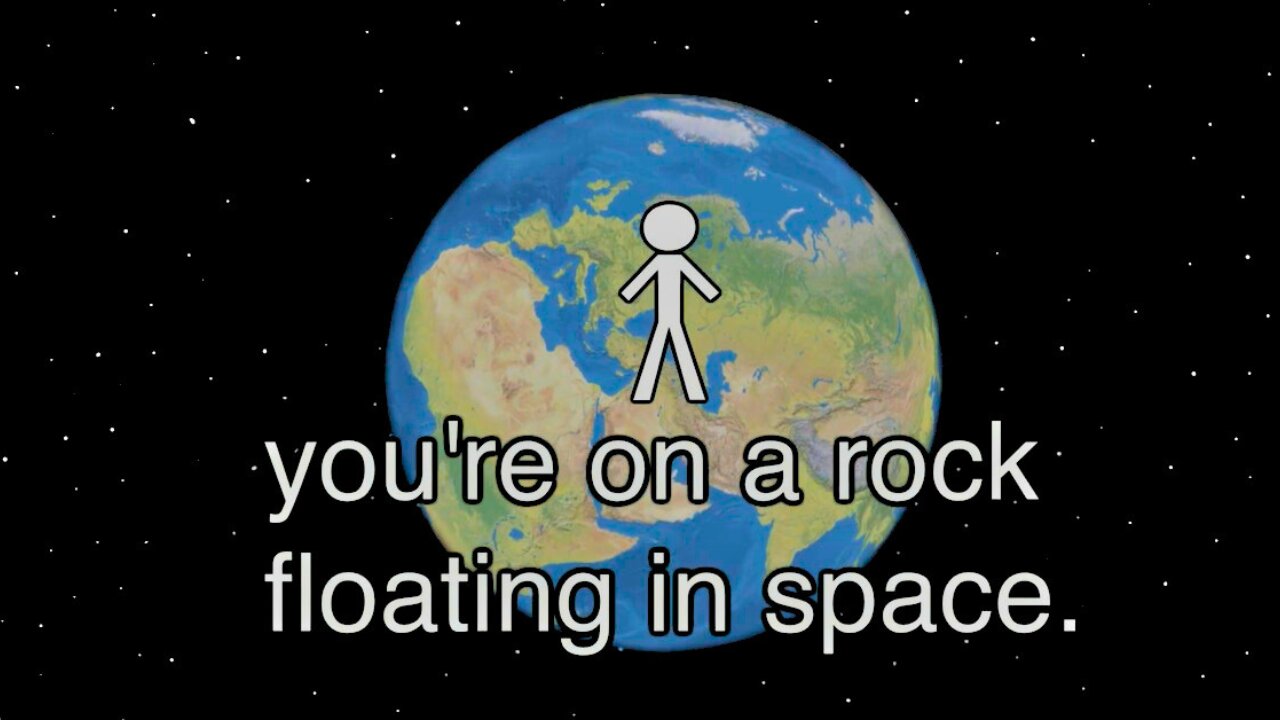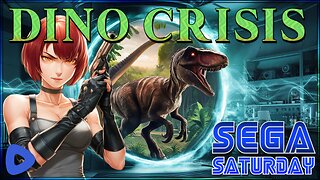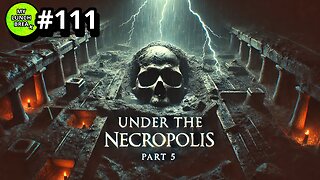Premium Only Content

History of Earth (mostly)
A Brief History of Earth
Formation and Early Earth
4.6 Billion Years Ago: Earth formed from a swirling cloud of dust and gas, a remnant of a supernova explosion.
Hadean Eon: A period of intense heat and volcanic activity, shaping the planet's surface.
Cooling and Ocean Formation: As Earth cooled, water vapor condensed, forming oceans.
The Rise of Life
Archaean Eon: The first signs of life, simple single-celled organisms, emerged in the oceans.
Proterozoic Eon: More complex life forms, including multicellular organisms, began to appear.
The Cambrian Explosion
Paleozoic Era: A rapid diversification of life forms, known as the Cambrian Explosion, occurred.
Marine Life Dominance: The oceans teemed with diverse marine life, including trilobites, brachiopods, and early fish.
Land Colonization: Plants and animals began to colonize land.
Age of Dinosaurs
Mesozoic Era: Dinosaurs dominated the land, while marine reptiles ruled the seas and pterosaurs soared through the skies.
Mass Extinction: A catastrophic event, possibly a massive asteroid impact, led to the extinction of dinosaurs and many other species.
Rise of Mammals
Cenozoic Era: Mammals diversified and thrived, filling the ecological niches left vacant by the dinosaurs.
Human Evolution: Our ancestors, primates, evolved and eventually gave rise to Homo sapiens.
Human History
Paleolithic Era: Early humans, hunter-gatherers, used stone tools and fire.
Neolithic Revolution: The development of agriculture and settled communities.
Ancient Civilizations: The rise of complex civilizations, such as the Egyptians, Mesopotamians, and Chinese.
Modern Era: Industrial Revolution, scientific advancements, and globalization.
This is a very condensed overview of Earth's history. Each era and period is filled with countless fascinating stories of life, death, and evolution.
-
 2:17:02
2:17:02
Tundra Tactical
23 hours ago $22.38 earnedTundra Nation Live : Shawn Of S2 Armament Joins The Boys
155K26 -
 11:00:11
11:00:11
tacetmort3m
1 day ago🔴 LIVE - SOLO RANK GRINDING CONTINUES - MARVEL RIVALS
204K3 -
![Shadows Of Chroma Tower, Alpha Playtest [Part 1]](https://1a-1791.com/video/fwe2/1d/s8/1/5/Q/U/n/5QUnx.0kob-small-Shadows-Of-Chroma-Tower-Alp.jpg) 13:29:21
13:29:21
iViperKing
1 day agoShadows Of Chroma Tower, Alpha Playtest [Part 1]
167K8 -
 54:05
54:05
TheGetCanceledPodcast
23 hours ago $13.75 earnedThe GCP Ep.11 | Smack White Talks Smack DVD Vs WorldStar, Battle Rap, Universal Hood Pass & More...
143K34 -
 13:37
13:37
Exploring With Nug
1 day ago $10.07 earnedSUV Found Underwater Searching For Missing Man Jerry Wilkins!
102K4 -
 2:58:21
2:58:21
xBuRnTx
22 hours ago1st Warzone Stream Online
140K11 -
 6:10:21
6:10:21
JdaDelete
1 day ago $24.34 earnedDino Crisis - Sega Saturday
187K7 -
 23:22
23:22
MYLUNCHBREAK CHANNEL PAGE
1 day agoUnder The Necropolis - Pt 5
144K62 -
 2:26:11
2:26:11
Jewels Jones Live ®
2 days agoWINNING BIGLY | A Political Rendezvous - Ep. 108
189K55 -
 2:04:49
2:04:49
Bare Knuckle Fighting Championship
4 days agoBKFC FIGHT NIGHT MOHEGAN SUN FREE FIGHTS
104K7